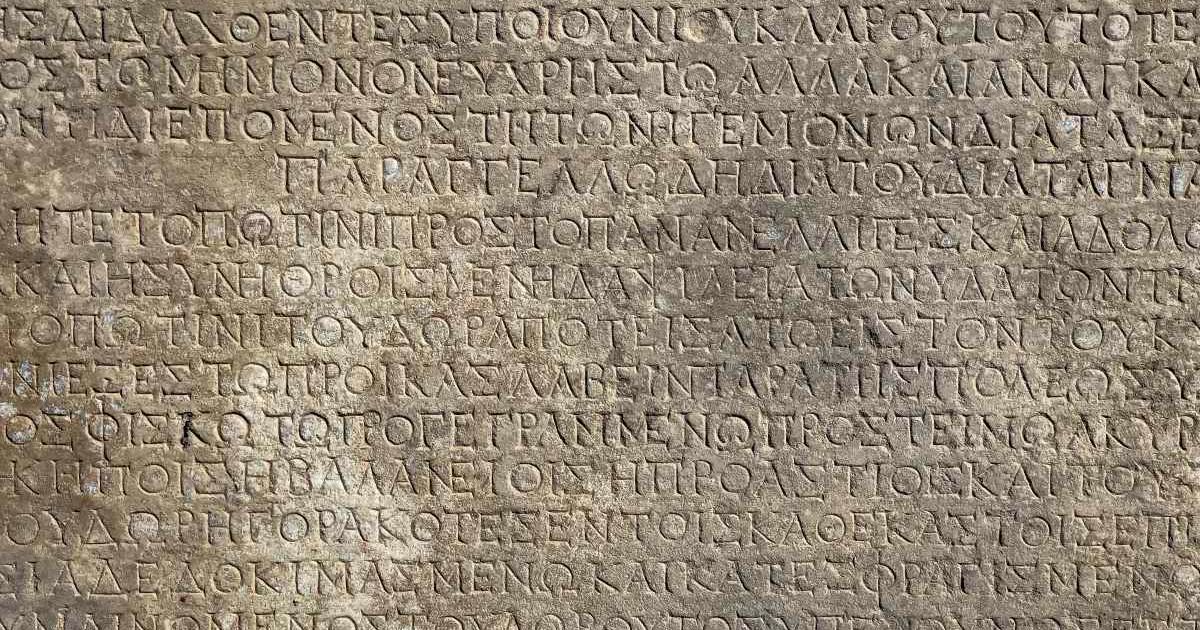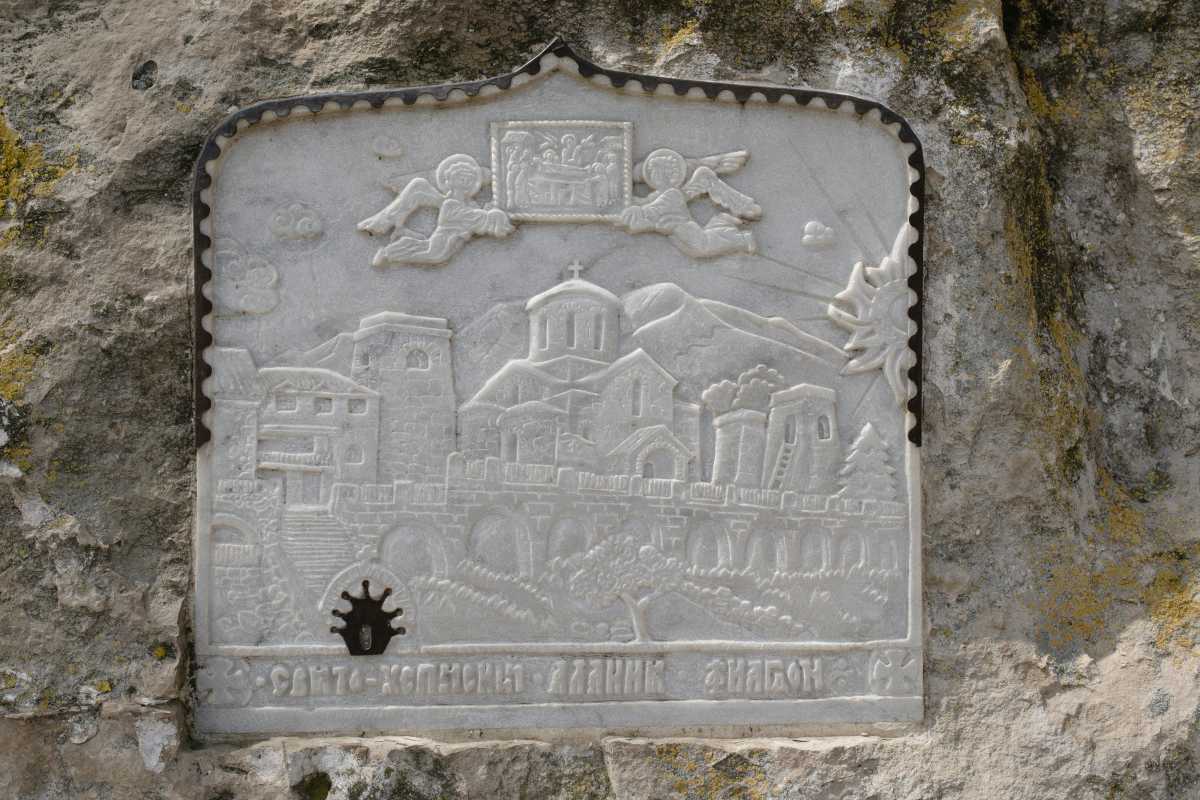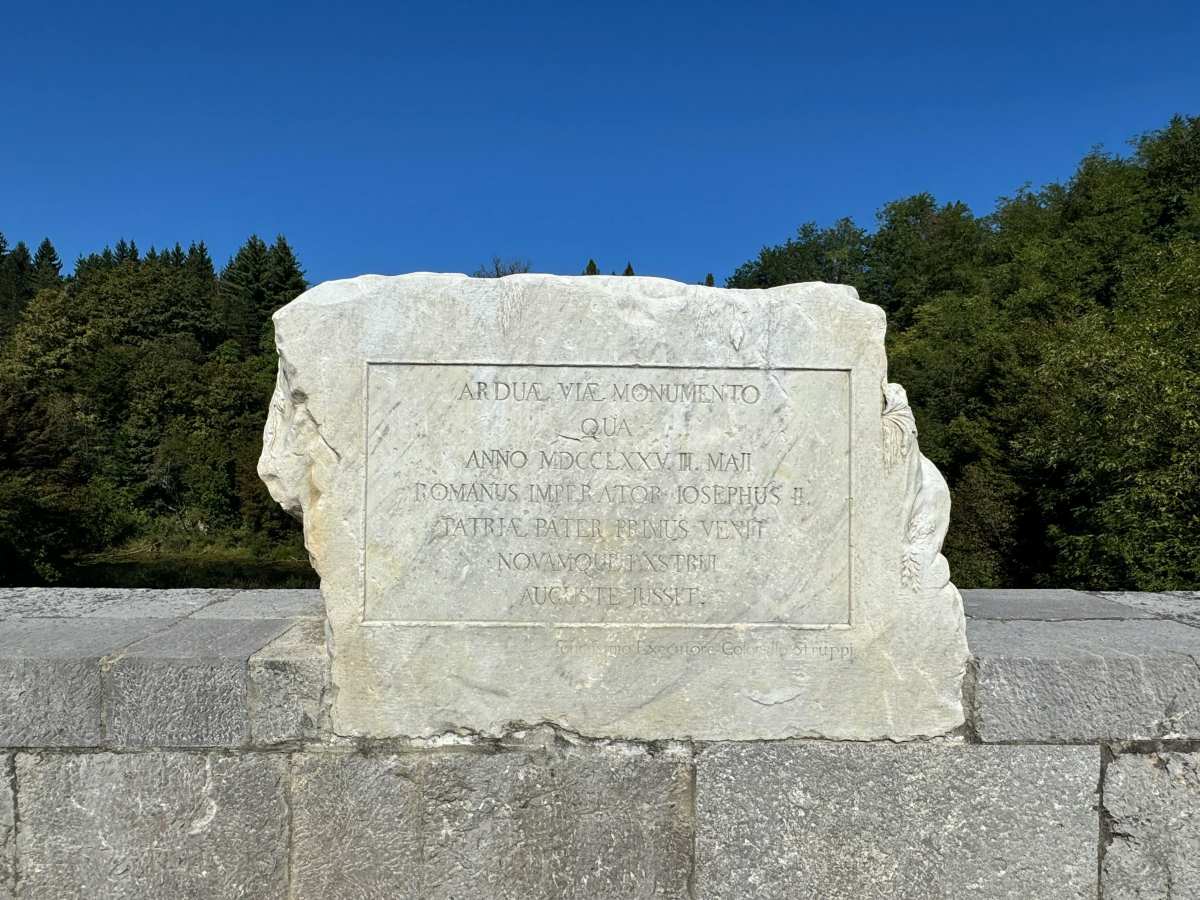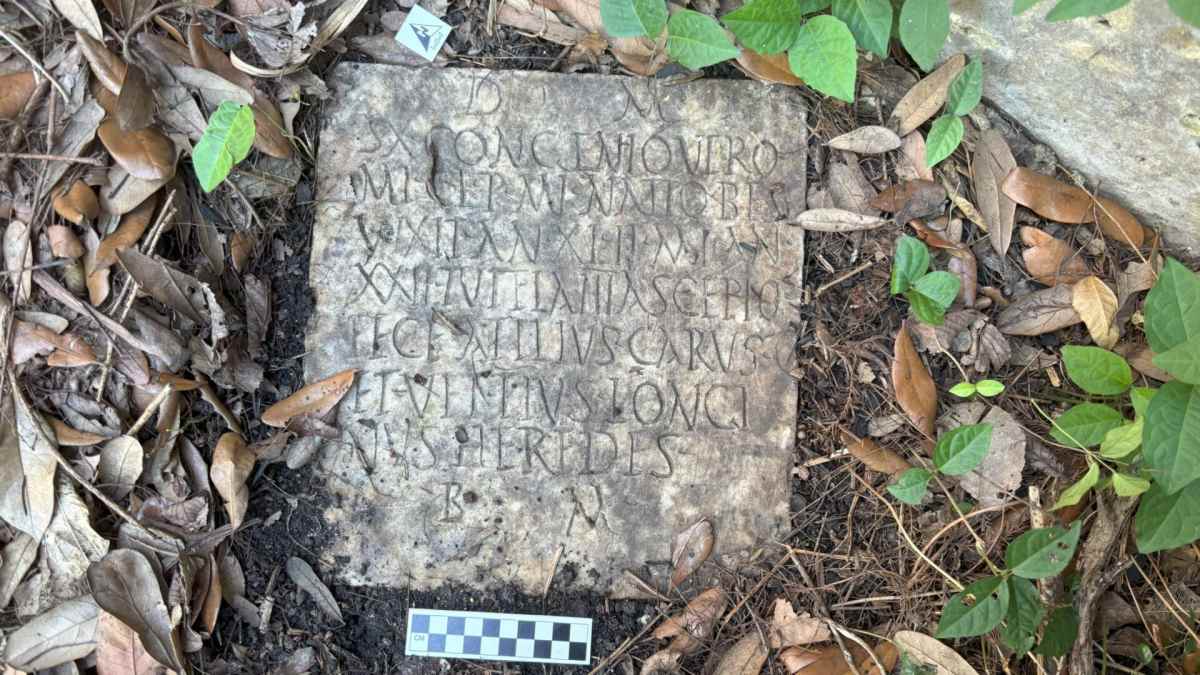New Orleans' couple discovered 1,900-year-old stolen Roman tombstone with Latin inscription in their backyard

Ancient marblestone from Italy somehow wound up in the yard of a Louisiana couple. The lucky couple was Tulane University anthropologist Daniella Santoro and her partner, Aaron Lorenz, according to The Daily Beast. They found the marblestone while partaking in some gardening. Further examination revealed the artifact to be around 1,900 years old, exhibiting a Latin inscription. Santoro collaborated with fellow academics and created what she called "Team Tombstone" to figure out the origin of this unique discovery. They managed to trace it back to the Civitavecchia museum in Italy.

Remnants of a forgotten cemetery?
The first thing Santoro thought when she found the unusually flat slab was that her house was possibly built over a cemetery, according to Preservation Resource Center. It was not an atypical thought, as the region is known to contain forgotten cemeteries built over in the past. These cemeteries mostly contained the remains of enslaved people on suburban plantations. After she sent the marblestone's photo to fellow experts, their first objective was to determine the nature of this artifact. The team concluded that it exhibited a Roman funerary inscription, dedicated to a sailor named Sextus Congenius Verus. After cross-checking the records, the team learned that the inscription was dated to circa the 2nd century.

The artifact's Italian connection
The dedication had been reported previously by the city museum in Civitavecchia, Italy. This inscription was allegedly present on a marblestone fitting, which had later gone missing from the museum. This fitting had been unearthed from an area near the museum. The artifact found in the yard might have been the same as the one that had gone missing. The team was in agreement that the artifact needed to be returned to its original owners. Therefore, they contacted the FBI's Art Crime Team for processing the repatriation of the artifact. They have collected the item, and it is currently in their custody.

How did it wind up in Louisiana?
Santoro lives in a historic home at 1106 Cambronne St. in the Carrollton neighborhood. The marblestone had been brought to the home sometime in the 20th century, possibly after World War II. Archival records revealed that for most of the 1900s, the house was owned by the same family. Frank Simon purchased the house soon after his marriage in 1909. Its ownership remained with his daughters until 1991. Neither he nor his five daughters had any connection with Italy or with the artifact. The team suspected an old next-door neighbor who served in the U.S. Navy during World War II, but that too was a dead end, as he was only ever deployed to the Pacific.

Associate Professor of Classical Studies at Tulane, Dr. Susann S. Lusnia, went to Italy's museum to find the answers. There she learned that Civitavecchia, originally known as Centumcellae and located just northwest of Rome, was targeted heavily by bombing raids from Allied forces between 1943 and 1944. These raids destroyed the museum and many of its collections. Its last inventory entry was made in 1954, which was also done based on earlier documents rather than firsthand knowledge.

Lusnia confirmed that the 34th Division of the Fifth Army of the U.S. traveled through Civitavecchia at the time of war, and suspected that a soldier from this group possibly took the artifact. However, its trajectory to the U.S. can be somewhat figured out; its journey to Louisiana remains clouded. It "reflects a wonderful intersection of a homeowner's curiosity, ultimately bringing to light something unexpected and historically significant," Dr. D. Ryan Gray, a University of New Orleans archaeologist, shared.